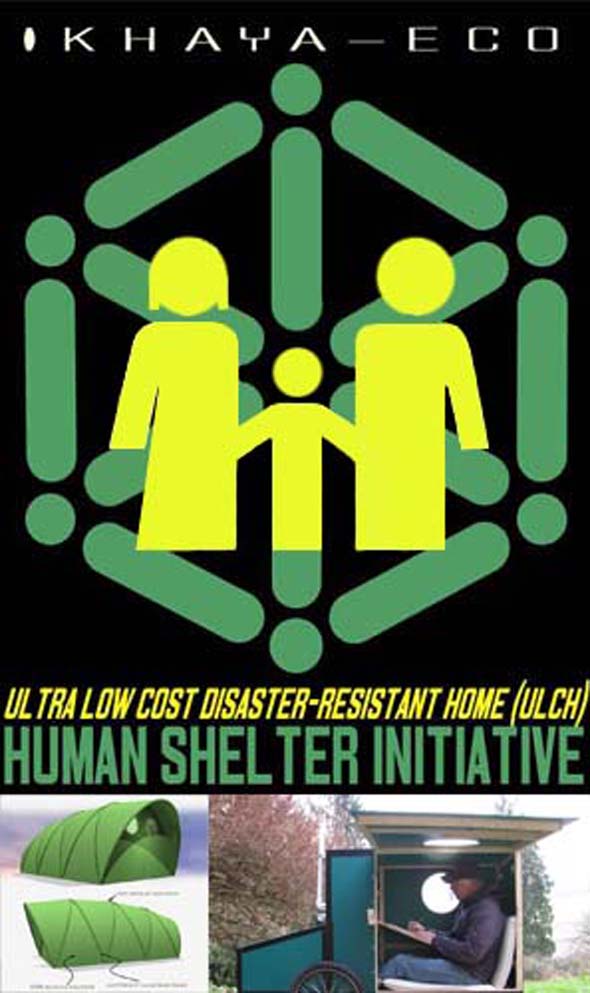
By Aton Edwards, I.P.N. Executive Director
Shelter. Most of us who have it never even give it a second thought — until we find ourselves without it; like after an earthquake, tornado, hurricane/cyclone, structural fire or, human-made disasters such as war.
In 2014, the UN high commissioner for refugees (UNHCR) stated that for the first time since WWII, their are over 50 million people who have been forced out of their homes by various conflicts around the world. Half are children … often times orphans who have lost their parents to violence or, most recently in West Africa the Ebola virus.
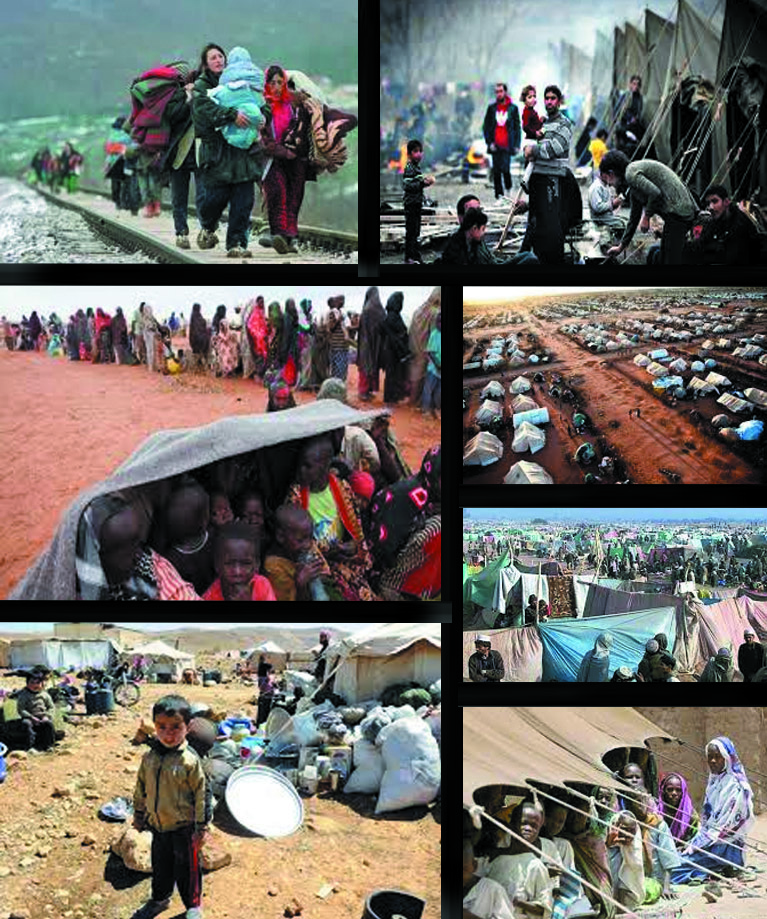
Refugees aren’t limited to developing countries. The US may be the world’s wealthiest nation, but it also has a population of it’s own refugees — not displaced by war, but economics. According to a 2012 HUD (Housing and Urban Development) study there are nearly 700,000 homeless Americans and nearly 4 million experience homelessness for short periods each year.
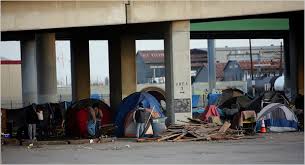
Some of the hardest hit are women, children, veterans, the sick, the elderly, the mentally ill and, the working poor. These are people who work regular jobs, but don’t make enough to maintain an apartment or a home. Often times, they are forced to live on the streets, in cars or, anywhere else they can protect themselves from the elements.

The number of homeless in America increases yearly despite the fact that according to the human rights group Amnesty international, the amount of vacant houses in the US outnumbers the homeless population by five times.
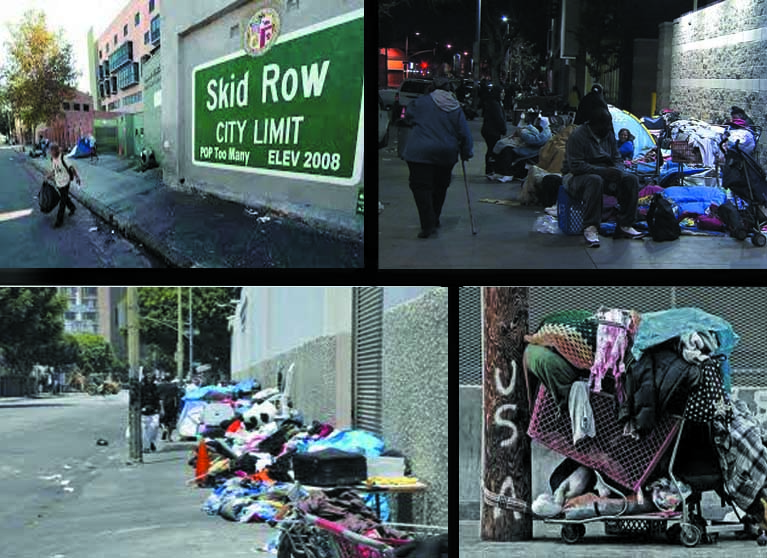
The plain fact is, for whatever the reason, homelessness is a growing problem that over time will become much worse. A major natural or technological disaster, economic volatility, conflict and the rapidly shifting climatological changes manifested by global warming will very soon produce even more homeless, straining a system that is already at the breaking point.
There is a desperate and immediate need for many different types of emergency shelters, temporary and permanent. It must be:
1. Simple to construct and breakdown — preferably without tools and rapidly (for mini shelters — less than 1 hour). Check out a few great examples posted below.
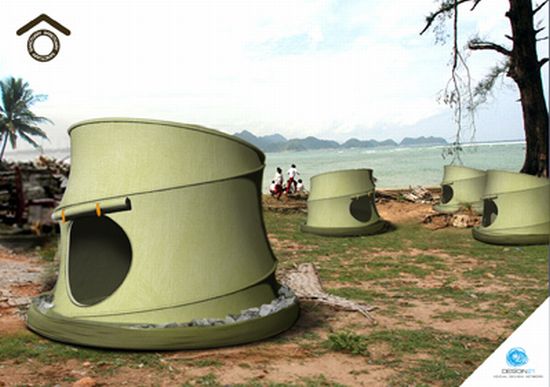
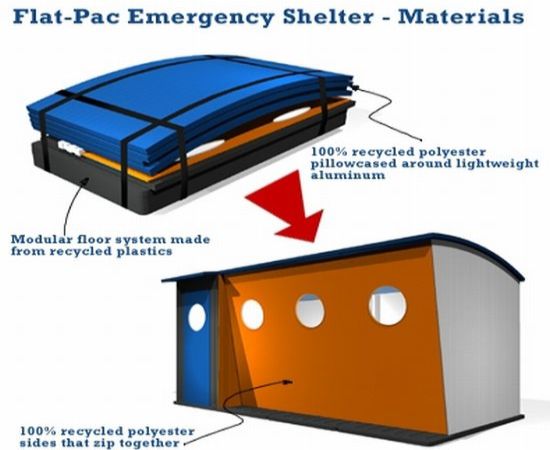
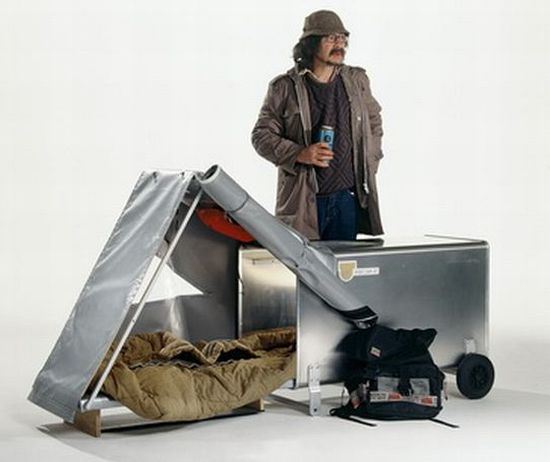
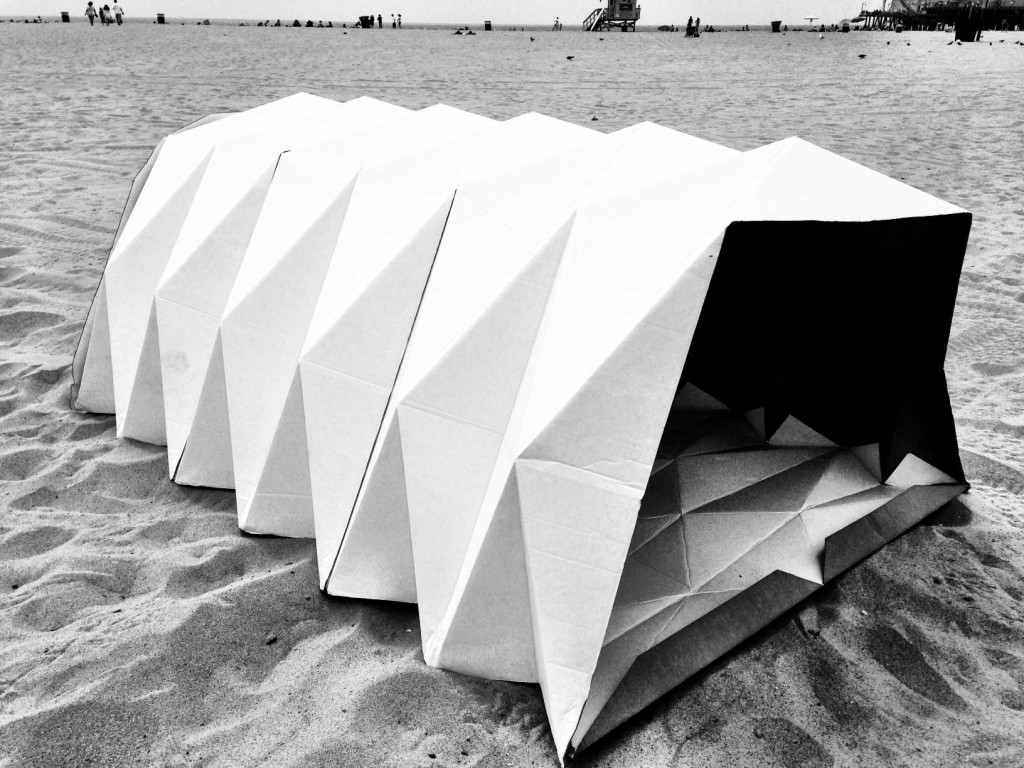
2. Inexpensive. This is an extremely important factor. Especially for permanent shelter (home) construction. People who are homeless typically do not have the financial resources to purchase an emergency shelter or home of any type. If it isn’t low priced or what we call ULC (ultra low cost), they won’t be able to purchase it.
https://www.youtube.com/watch?v=DKK3E6dWiug
One of the best and most practical permanent home designs is the Eco-Dome created by the late architect, author, humanitarian, Nadir Khalili innovator of the Geltaftan Earth-and-Fire system known as Ceramic Houses, and of the Superadobe construction system.
3. Durable and extremely weather resistant. A tent can offer some shelter from the elements, but it is difficult to insulate and easily torn. A portable hard shell emergency shelter can provide users with more protection from the elements.
4. Portable. The best types of emergency “hard-shell” shelters are the types that can be easily transported. Such as the Room-Room shelter pictured below.
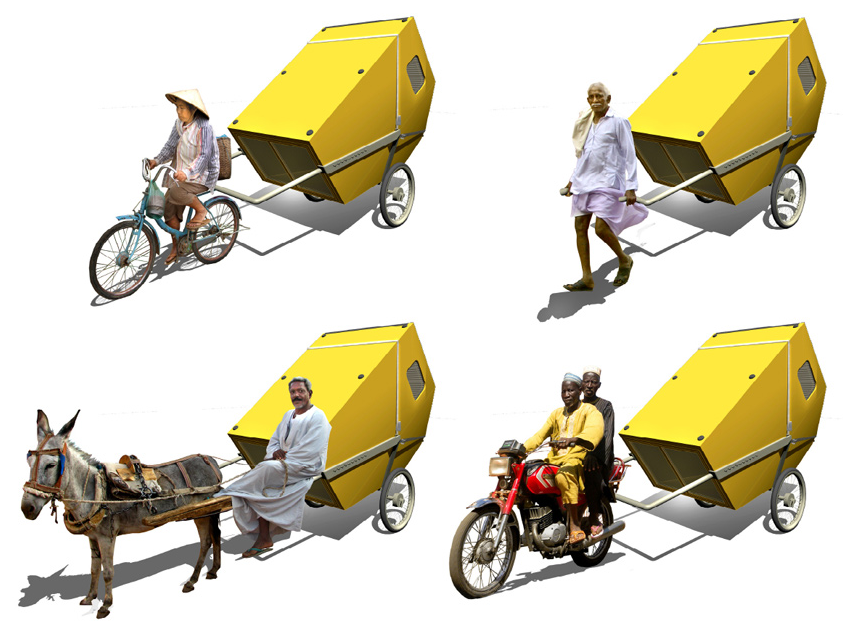
The Life Cube shelter for disaster response is also a great option.
5. Locally Available — If you are at the point where emergency shelter is needed — it is needed immediately and not 2 days or two weeks later when it is shipped from a manufacturing plant. It is extremely important that emergency shelters are readily available for all who need them. This is why it is best that they are manufactured locally where shipping or delivery time is minimal. Local manufacturing also cuts down the price as shipping costs much less, if necessary at all.
6. Sustainable — It is extremely important for emergency shelters to protect not only the people who use it but also, the Earth where it rests.
There are many other critical aspects about emergency shelter that I could mention, but in the final analysis, the most important point is that public awareness about the need for emergency shelters, along with information about the different types available, and how to create your own must be raised!
I’m hoping that our Ready-UP! Ikhaya-Eco Human Shelter Initiative will help to expedite this process. To begin, I’ll be posting articles and videos about emergency shelter here on our website — and, on our growing FB page. I’ll even Tweet about some developments … occasionally. (I’m not the most prolific Tweeter)
You’ll be hearing me speak about Ikhaya-Eco in the media too. Finally, I’ll also be conducting online classes, and in some cases, live workshops in the US, Canada and around the world about how to build improvised emergency shelters with off the shelf components and commonly found waste materials. I’ll be joined by Team Ready-UP! and, some of the innovators from around the world that have created the most effective designs.
For those who would like to help us in our effort, we’ll be adding a special section on this website for financial donations.
We need your help to make this project successful and anything that you can spare will make a difference!
We also need donated equipment, materials and other supplies along with volunteers.

One of the most exciting things about this project is that many of our designs will actually be used to provide shelter for the homeless. In cities cross the US, Canada, and eventually across the globe.
The Ikhaya-Eco program will offer the public practical and immediately applicable solutions that will be applied to help defeat the problem of homelessness.
It is up to us to manifest them into reality! Let’s make it happen!
Ikhaya is a Zulu word for home.
It’s time that everyone around the world has a beautiful one — large or small.
Ready-UP!

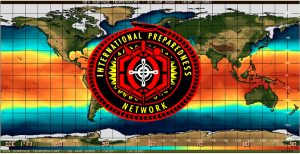
More Stories
The Looming Threat Of Factor X Viruses: A Chilling Reality From The Melting Arctic
New Pioneering IPN Initiatives Begin in 2024!
Straight Talk About Flint And America’s Crumbling Water Infrastructure